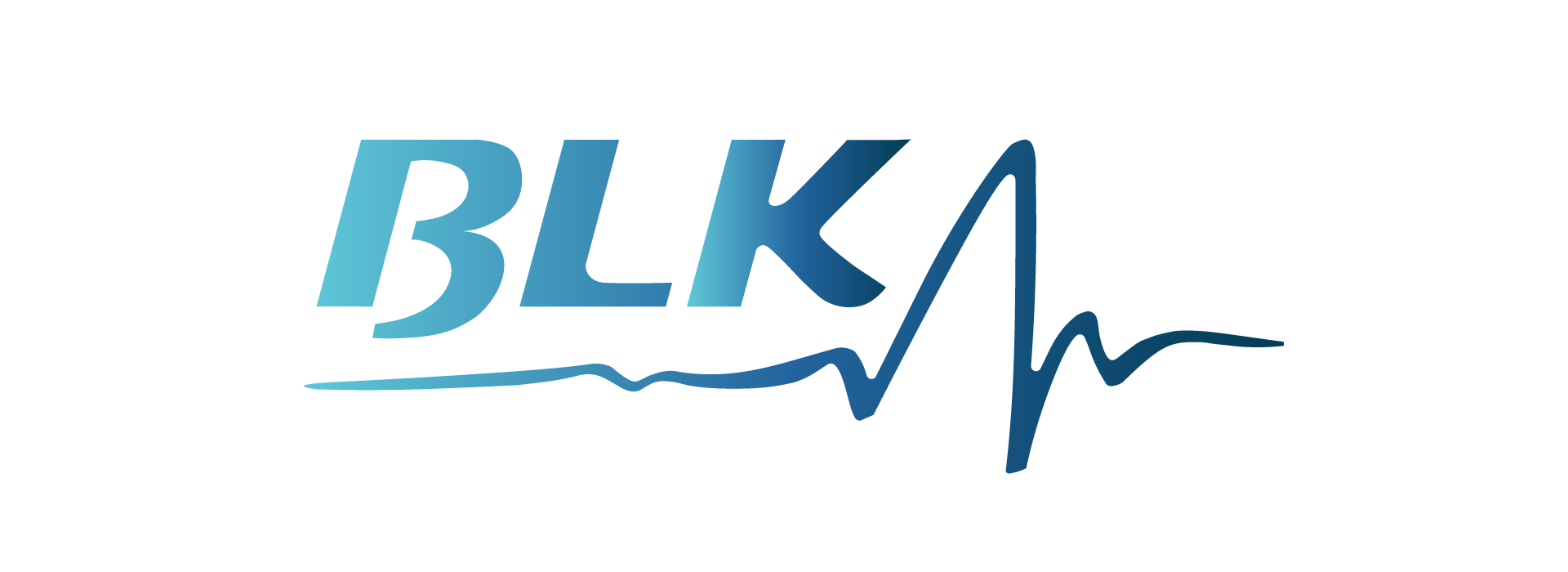In today’s data-driven world, the importance of data analytics cannot be overstated. It plays a pivotal role across various sectors, and healthcare is no exception.
Medical claims management, a critical aspect of the healthcare industry, has seen significant improvements through the application of data analytics. This article delves into how data analytics is revolutionizing medical claims management, making the process more efficient, accurate, and cost-effective.
Understanding Medical Claims Management
Definition and Process
Medical claims management refers to the comprehensive process of handling healthcare claims, from the initial filing by the healthcare provider to the final reimbursement. This process involves several steps including verification of claims, processing, adjudication, and payment.
Key Stakeholders
The key stakeholders in medical claims management include healthcare providers, insurance companies, patients, and regulatory bodies. Each of these stakeholders plays a crucial role in ensuring that claims are processed accurately and efficiently.
Challenges Faced in Claims Management
Medical claims management is fraught with challenges such as errors in claims submission, fraud and abuse, delays in processing, and rising administrative costs. These challenges highlight the need for more efficient systems, which is where data analytics comes into play.
The Role of Data Analytics
Enhancing Accuracy in Claims Processing
Data analytics helps in enhancing the accuracy of claims processing by identifying errors and discrepancies in real-time. Advanced algorithms can sift through vast amounts of data to detect anomalies that may indicate errors or potential fraud.
Reducing Fraud and Abuse
Fraud and abuse are significant issues in medical claims management, leading to billions of dollars in losses annually. Data analytics can detect patterns and irregularities that suggest fraudulent activities, enabling timely intervention and reducing financial losses.
Improving Operational Efficiency
By automating routine tasks and providing actionable insights, data analytics significantly improves operational efficiency. This leads to faster claims processing times, reduced administrative burden, and ultimately, better service for patients.
Data Analytics Tools and Techniques
Predictive Analytics
Predictive analytics involves using historical data to predict future outcomes. In medical claims management, it can forecast claim volumes, identify high-risk claims, and optimize resource allocation.
Machine Learning Algorithms
Machine learning algorithms are capable of learning from data and improving over time. These algorithms can identify complex patterns in claims data that are not easily detectable by human analysts.
Data Mining
Data mining involves extracting useful information from large datasets. In the context of medical claims management, data mining can uncover trends and correlations that help in making informed decisions.
Benefits of Data Analytics in Medical Claims Management
Cost Savings
By reducing errors, fraud, and operational inefficiencies, data analytics leads to substantial cost savings. These savings can be reinvested into improving patient care and expanding services.
Better Patient Outcomes
Accurate and efficient claims management ensures that patients receive timely reimbursements and can access necessary medical treatments without delay.
Enhanced Decision-Making
Data analytics provides healthcare organizations with actionable insights, enabling them to make informed decisions regarding resource allocation, risk management, and strategic planning.
Challenges and Limitations
Data Privacy Concerns
With the increasing use of data analytics, concerns about data privacy and security have also risen. Ensuring compliance with regulations such as HIPAA is crucial to protect patient information.
Integration with Existing Systems
Integrating data analytics tools with existing healthcare systems can be challenging and requires significant investment in technology and training.
High Initial Investment
The initial investment required for implementing data analytics can be high, especially for small healthcare providers. However, the long-term benefits often outweigh the costs.
Implementing Data Analytics in Your Organization
Steps to Get Started
To implement data analytics, healthcare organizations should start by defining their objectives, selecting the right tools, and building a skilled team to manage the data.
Choosing the Right Tools
Selecting the appropriate data analytics tools is crucial. Organizations should consider factors such as ease of use, scalability, and integration capabilities.
Training and Development
Investing in training and development is essential to ensure that staff are equipped to effectively use data analytics tools and interpret the insights generated.
In conclusion, data analytics plays a transformative role in medical claims management. It enhances accuracy, reduces fraud, improves operational efficiency, and leads to better patient outcomes. While there are challenges to its implementation, the benefits far outweigh the drawbacks. As technology continues to advance, the role of data analytics in medical claims management is only set to grow.
FAQs
What is the biggest benefit of data analytics in medical claims management?
The biggest benefit is the significant cost savings achieved through reduced errors, fraud, and operational inefficiencies.
How does data analytics help in reducing fraud?
Data analytics detects patterns and irregularities in claims data that suggest fraudulent activities, enabling timely intervention.
What are some common tools used in data analytics for medical claims?
Common tools include predictive analytics software, machine learning algorithms, and data mining tools.




